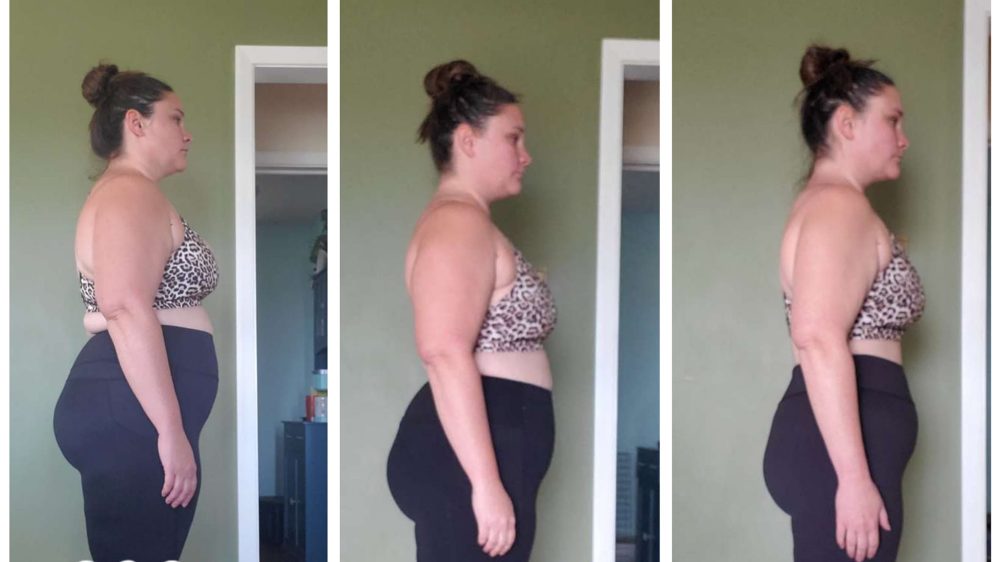ADVERTISEMENT
7. Up Your Electrolytes to Prevent or Mitigate Unpleasant Keto Side Effects
In ketosis, Mancinelli explains, your kidneys excrete more water and electrolytes. Make sure you’re getting the sodium and potassium your body needs to function well. Salt your foods, drink salted bone broth, and eat nonstarchy veggies, such as asparagus, kale, bell peppers, and arugula.
8. Acknowledge When Keto Might Not Be Right for You
Now that ketogenic diets have become popular, many keto hybrid diets have sprung up, including plant-based versions. (One is “ketotarian,” which is predominantly plant-based but includes the option of eggs, ghee, and fish and shellfish.) While this approach can be healthy, Hultin cautions against trying keto as a vegan. “Because you can’t eat beans or lentils on a ketogenic diet, and nuts and seeds are even limited due to their carbohydrate content, you’re really just left with some tofu and will need to rely on low-carb protein powder,” she says. There is a good possibility this won’t pan out. “I don’t see this as a sustainable diet due to the extreme restrictions,” she says.
In addition, there are medical conditions that should make you think twice about starting keto — or at least talk to your doctor before trying it out. Those include people on insulin, as well as those on oral and noninsulin injectable medications for high blood sugar or high blood pressure, says Hultin. Even struggling with GI issues may be a barrier to starting. “One of the side effects of a ketogenic diet is constipation, so if that’s a struggle, it’s a serious reason not to go on this relatively low-fiber diet,” says Hultin. Last consideration: If existing personal dietary restrictions require you to avoid foods like soy, eggs, nuts, dairy, or seafood, a ketogenic diet may be too limiting for you. Coming from a place of elimination in an already restrictive diet can make it incredibly tough to follow, she says.
9. Have an After Plan, Because Keto Shouldn’t Be Used as a Long-Term Weight Loss Solution
A keto diet is not meant to be a forever diet, and experts recommend you keep it short-term. Mancinelli says that some people go on a keto diet a few times per year, while others will use it to lose weight and change their eating habits.
A whopping 46 percent of American adults still eat what’s considered a “poor” diet in American Heart Association standards, based on a survey of nearly 34,000 people. (5) For some people, going on a keto diet is an effort to change those poor habits, but there’s the risk of falling back into your old ways once the diet is over. If you go straight back to a standard American diet, you’ll likely lose any health benefits and regain the weight.
All this said, a serious caveat: There are some people who try to set themselves up to follow a keto diet long-term, but experts do not recommend that. A 2021 review of relevant studies advised against it, stating that while keto diets do have benefits for some people — they can, for example, reduce seizure frequency in those with drug-resistant epilepsy — most of the “positives” (such as a decrease in blood glucose) are either short-lived or equal to that of less controversial solutions. A keto diet can decrease body weight, for example, but so can many other dietary approaches. In the long-term, the risks outweigh the benefits, the researchers concluded. (6)
If you do decide to try a keto diet short-term, Mancinelli says that your ultimate goal should be “to shift your diet to a healthier pattern that involves eating less bread, less pasta, less flour, and less sugar,” as well as more nonstarchy veggies, she says.
source : https://www.everydayhealth.com/diet-nutrition/ketogenic-diet/steps-beginners-should-take-before-trying-keto-diet/
ADVERTISEMENT





